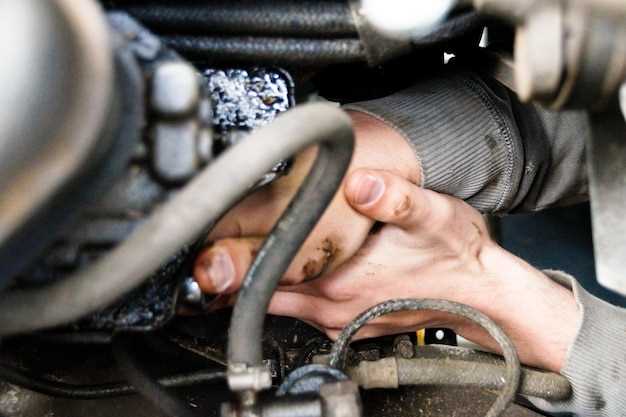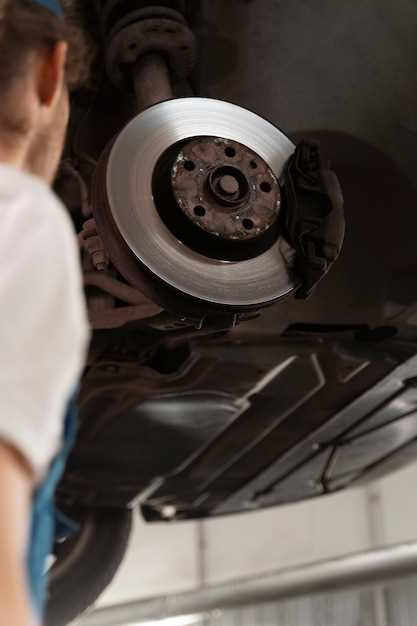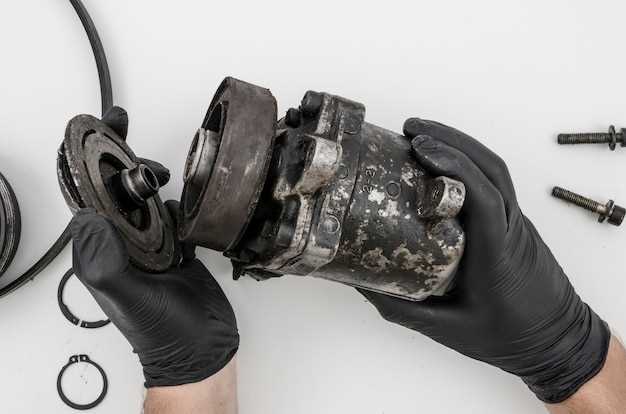
Steering systems are crucial for the safe and efficient operation of vehicles, and any issues related to them can significantly impact performance. One common problem that drivers may encounter is a steering rack leak. This issue typically arises when the seals within the steering rack become worn or damaged, allowing steering fluid to escape. Identifying the causes of these leaks is essential for both safety and vehicle longevity.
Several factors contribute to leaks in the steering rack. Over time, exposure to extreme temperatures and road conditions can lead to the deterioration of seals. Additionally, the accumulation of dirt and debris can create pressure points that exacerbate wear. Recognizing these causes can help drivers take preventative measures and avoid more serious mechanical failures.
Fortunately, there are effective solutions available for addressing steering rack leaks. Regular maintenance, including fluid checks and replacement of worn seals, can mitigate the risk of leaks. In cases where significant damage has occurred, replacing the steering rack may be necessary. By understanding both the causes and potential resolutions, vehicle owners can ensure their steering system remains reliable and effective.
Identifying Common Sources of Steering Rack Fluid Leaks
One of the most common issues affecting vehicle steering systems is fluid leaks from the steering rack. Understanding the sources of these leaks is essential for effective diagnosis and repair.
Firstly, the most prevalent source of steering rack fluid leaks is wear and tear on the rack seals. Over time, these seals can degrade due to exposure to heat, moisture, and friction, leading to the formation of cracks and gaps. This degradation allows the hydraulic fluid to escape, resulting in noticeable leaks.
Another potential source is the high-pressure hoses connected to the steering rack. These hoses transport power steering fluid under high pressure, and if they develop cracks or loose fittings, fluid can begin to leak. Inspecting the condition of these hoses is crucial in identifying leaks.
The steering rack itself is also susceptible to damage from road debris or accidents, which can cause cracks or punctures in the housing. When the integrity of the steering rack is compromised, it can lead to significant fluid loss, necessitating immediate attention.
Furthermore, connections and fittings around the steering system may become loose over time, leading to leaks as hydraulic fluid escapes through these gaps. Regular maintenance checks can help identify and tighten these connections before they cause major issues.
Lastly, improper installation of the steering rack or its components can lead to misalignment, putting additional stress on seals and hoses. Ensuring that all parts are correctly installed is essential in preventing leaks.
Practical Repair Techniques for Steering Rack Leaks

Repairing steering rack leaks is essential for maintaining vehicle performance and ensuring safety on the road. Several practical techniques can effectively address these leaks, depending on their severity and location.
1. Tightening Connections: Often, leaks occur at the connections between the steering rack and other components. Start by thoroughly inspecting all hose connections and bolts. Use a torque wrench to tighten any loose fittings to the manufacturer’s specifications. This simple step may resolve minor leaks without further intervention.
2. Fluid Replacement: Over time, steering fluid can become contaminated or degrade, leading to leaks. Regularly check the fluid level and quality. If the fluid appears dirty or has a burnt smell, replace it with fresh fluid. Ensure that you bleed the system afterward to remove any air trapped within, which can exacerbate leak issues.
3. Sealing Leaks: If the steering rack has small leaks, applying a suitable sealant can sometimes provide a temporary solution. Look for products specifically designed for hydraulic systems. Follow the manufacturer’s instructions for application to ensure effectiveness.
4. Replacing Seals: A more permanent solution involves replacing worn or damaged seals within the steering rack. This process requires disassembling the steering assembly. Carefully remove the old seals and install new ones, ensuring a proper fit to prevent future leaks. It is advisable to consult the vehicle service manual for guidance on this procedure.
5. Rack Replacement: In cases of severe damage or extensive leaks, replacing the entire steering rack may be necessary. This is particularly true if there are signs of internal failure or if the components have significant wear. A new rack comes with new seals and guarantees optimal performance, eliminating the risk of recurring leaks.
By employing these techniques, vehicle owners can effectively manage steering rack leaks and maintain a safe driving experience. Regular maintenance and early detection of issues are key to preventing more serious problems down the line.
Preventive Measures to Avoid Future Steering Rack Issues

To ensure the longevity of your steering rack and prevent leaks, regular maintenance is essential. Start by routinely checking the power steering fluid level. Low fluid can indicate potential leaks, and topping it off can help maintain optimal performance.
Another key preventive measure is to inspect the steering components for any signs of wear or damage. This includes checking the rack itself, hoses, and seals. Early detection of worn parts can prevent more severe issues, saving you from costly repairs.
Maintain proper wheel alignment to reduce stress on the steering rack. Misalignment can lead to uneven wear and accelerated deterioration of the steering components. Regular alignment checks should be part of your vehicle maintenance routine.
Avoid driving over potholes or rough terrain whenever possible. Such conditions can cause sudden impacts, leading to potential damage to the steering rack and its associated parts. If off-road driving is necessary, proceed with caution to minimize risk.
Lastly, consider using high-quality steering fluid that matches your vehicle’s specifications. Low-quality fluid may not provide adequate lubrication, increasing the likelihood of leaks and reducing the overall efficiency of the steering system.

